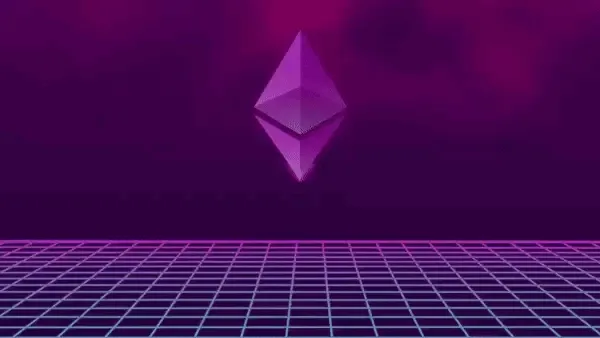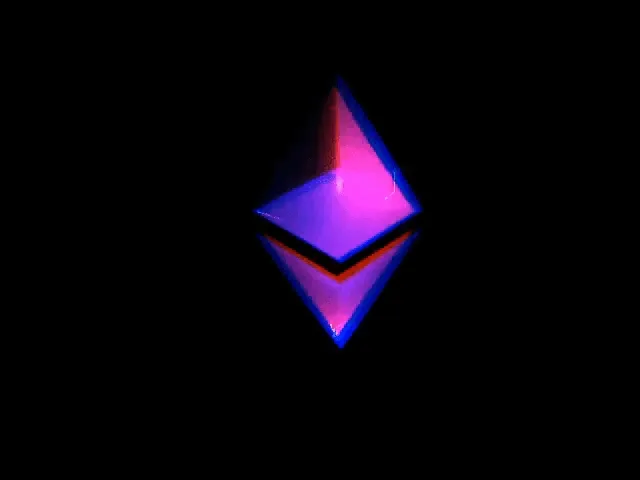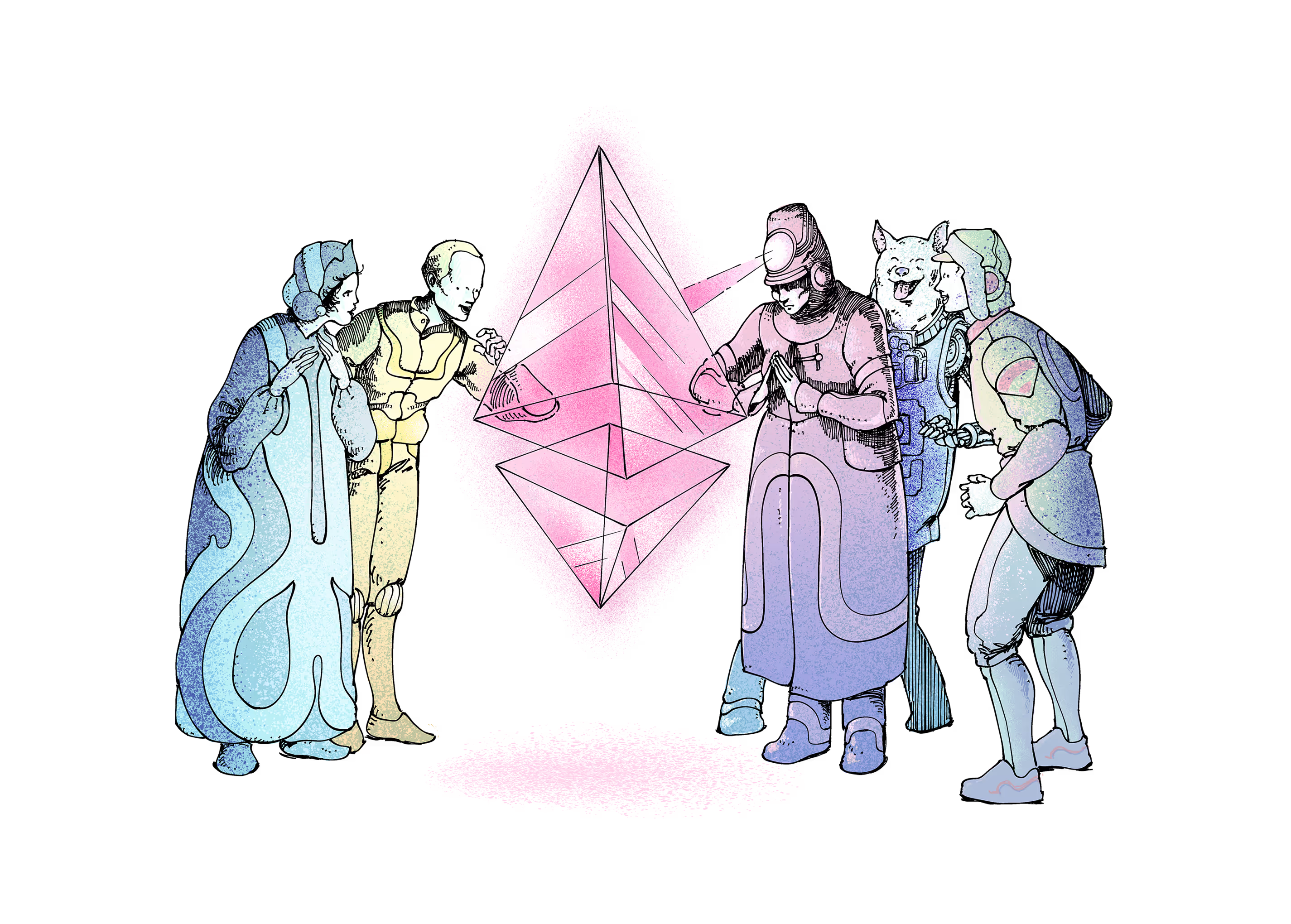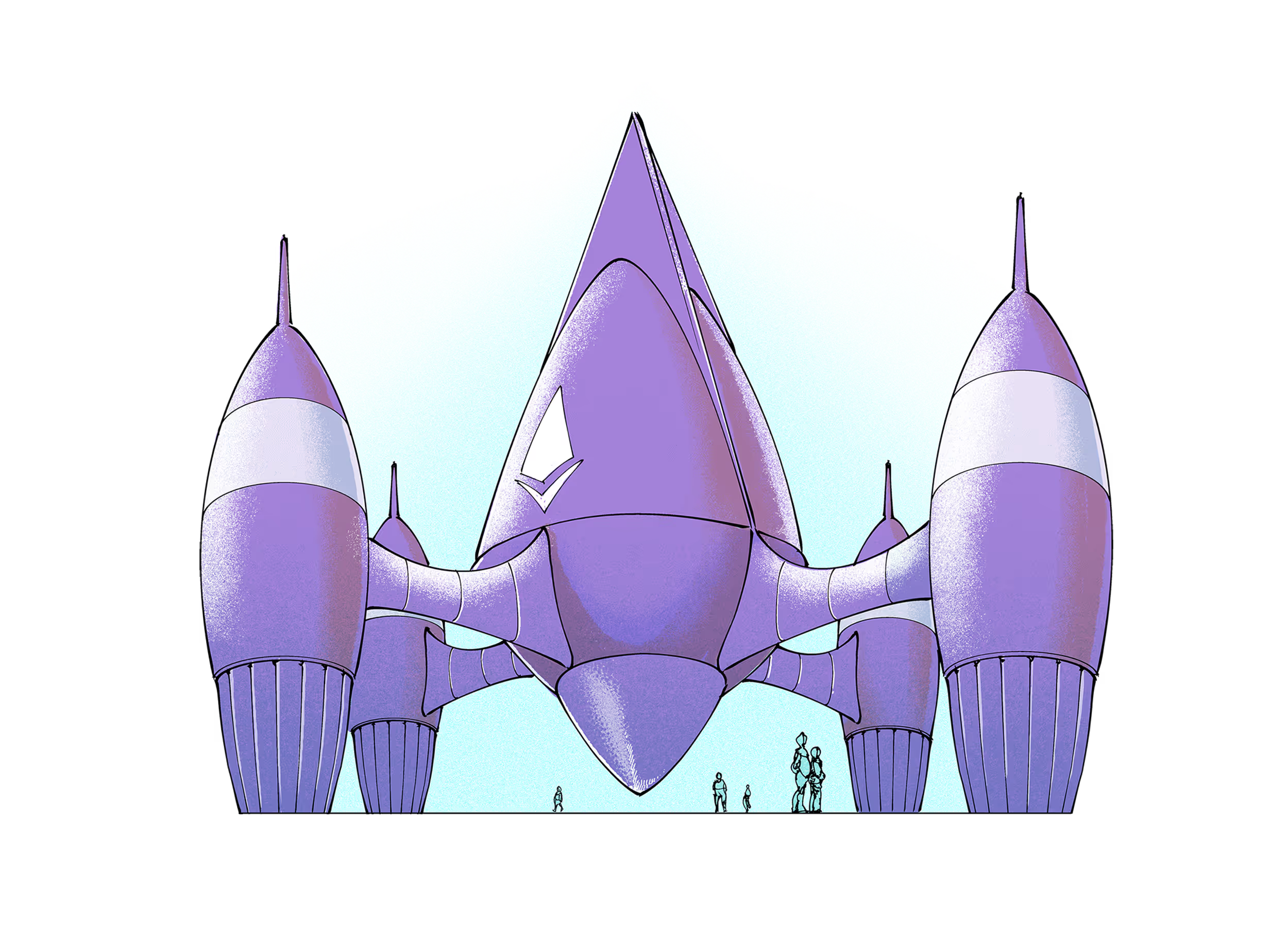

WETH (Wrapped Ether) was created to solve a fundamental technical limitation within the Ethereum ecosystem. While ETH is Ethereum’s native currency, it does not follow the ERC-20 token standard, which is used by most tokens on the network. This discrepancy made it difficult to use ETH directly in decentralized applications (dApps) and smart contracts built around ERC-20 standards. By wrapping ETH in a smart contract, it becomes WETH—an ERC-20 compatible version of ETH—allowing it to interact seamlessly with a wide array of DeFi protocols, trading platforms, and smart contracts.

WETH plays a foundational role in the decentralized finance (DeFi) space. It is widely used for trading on decentralized exchanges (DEXs) like Uniswap and SushiSwap, where token interoperability is crucial. WETH is also used as collateral in lending and borrowing platforms like Aave, Compound, and MakerDAO. In NFT marketplaces like OpenSea, WETH enables auction-style bidding where users can place offers without locking up ETH in advance. It also appears in staking, liquidity provision, and yield farming strategies, helping ETH holders unlock DeFi opportunities without needing to swap into other assets.

The primary benefit of WETH is compatibility—as an ERC-20 token, it integrates smoothly across the Ethereum ecosystem, unlike native ETH. This means better efficiency for developers, more utility for ETH holders, and greater interoperability between applications. For users, WETH provides access to liquidity pools, yield opportunities, and decentralized trades, all while maintaining a 1:1 value with ETH. It also simplifies portfolio management, allowing ETH to be used across various dApps without needing constant conversion.

The primary benefit of WETH is compatibility—as an ERC-20 token, it integrates smoothly across the Ethereum ecosystem, unlike native ETH. This means better efficiency for developers, more utility for ETH holders, and greater interoperability between applications. For users, WETH provides access to liquidity pools, yield opportunities, and decentralized trades, all while maintaining a 1:1 value with ETH. It also simplifies portfolio management, allowing ETH to be used across various dApps without needing constant conversion.

WETH enables more advanced DeFi functionality that native ETH can't support, such as staking in AMM pools, collateralizing loans, and participating in complex strategies like looping or collateral swaps. Its ERC-20 compatibility also allows it to be bundled into derivative products and used in gasless NFT offers or smart contract-based bidding, enhancing efficiency and automation across the ecosystem.

WETH is backed 1:1 by ETH, with no fixed supply cap. Users can wrap and unwrap ETH at any time via smart contracts, and every WETH token is fully collateralized by ETH held in escrow. While this design maintains price parity, it introduces some challenges—namely, smart contract risk, where bugs or exploits could threaten the integrity of the wrap. Additionally, user confusion remains a hurdle, as many newer users don’t understand why ETH must be wrapped to participate in DeFi, which can create friction and slow adoption.

Looking ahead, WETH is expected to remain a critical component of the Ethereum ecosystem, especially as DeFi and dApps continue to grow. As Ethereum advances with upgrades like EIP-4337 (account abstraction) and Layer 2 scaling solutions, the need for smoother token interactions may reduce the necessity of wrapping ETH manually. However, until the native ETH token becomes fully interoperable with ERC-20-based applications, WETH will continue to serve as a vital bridge. Improving user experience, interface design, and education around WETH could also help bring its functionality to a broader audience.

WETH is essential for trading ETH on decentralized exchanges like Uniswap, SushiSwap, and Balancer. These platforms use the ERC-20 standard for token contracts, and since ETH itself isn’t ERC-20 compliant, wrapping it into WETH allows ETH to be traded directly against other tokens in liquidity pools.
WETH is essential for trading ETH on decentralized exchanges like Uniswap, SushiSwap, and Balancer. These platforms use the ERC-20 standard for token contracts, and since ETH itself isn’t ERC-20 compliant, wrapping it into WETH allows ETH to be traded directly against other tokens in liquidity pools.

Protocols like Aave, Compound, and MakerDAO require ERC-20 tokens for lending, borrowing, and collateral. WETH enables users to use their ETH in these ecosystems seamlessly, unlocking utility like earning interest or borrowing against their holdings.
Protocols like Aave, Compound, and MakerDAO require ERC-20 tokens for lending, borrowing, and collateral. WETH enables users to use their ETH in these ecosystems seamlessly, unlocking utility like earning interest or borrowing against their holdings.

Platforms such as OpenSea often use WETH for bidding on NFTs. It allows for pre-authorized bids via smart contracts, giving users a smoother auction experience without needing to manually confirm every transaction in real time.
Platforms such as OpenSea often use WETH for bidding on NFTs. It allows for pre-authorized bids via smart contracts, giving users a smoother auction experience without needing to manually confirm every transaction in real time.


